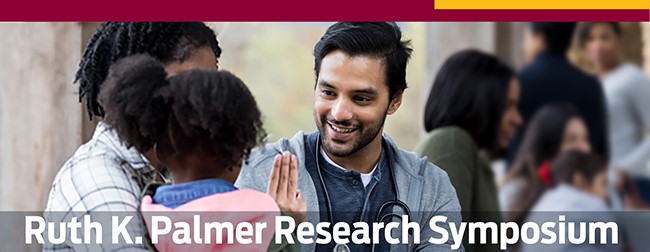Credentials of Corresponding Author
DNP, APN, ACNP-BC, CEN
Name of Faculty Advisor
Vicki Bacidore
Nature and scope of the project
Human trafficking is modern-day slavery and a global public health issue. It exploits thousands of adults and children as commodities in sexual and labor servitude. There are many health problems caused by human trafficking, both physical, and mental.
Synthesis and analysis of supporting literature
Theories used: "Making Sure" "Re-Aim Framework"
Project implementation
The project timeline overview was developed to include meeting with the project champions/team, EMR revision work, pretest/posttest development, educational module development, program evaluation development, analysis of pretest/posttest and evaluation data, HT protocol implementation, analysis of EMR documentation data and dissemination of results. Challenges include changing unit management, major ED construction, and disruptions to the flow of patients during the construction process.
Evaluation criteria
Evaluation of the project occurred in three phases. First, a pretest was reviewed to determine baseline knowledge of the nurses and social workers. After reviewing the education module, the posttest was reviewed to determine if there was an improvement in knowledge. Second, the program was evaluated on the meeting of objectives, and its effectiveness and impact on practice. Third, the EMR documentation was evaluated regarding adherence to the HT protocol. This included reviewing documentation of positive red flag indicators, care, referral, and adherence to the HT protocol.
Analysis: An expert panel established content validity of the test using the Scale Content Validity Index Average (S-CVI/Ave). Internal consistency was measured using Cronbach’s alpha. A paired sample t-test was done to note differences between pretest/posttest scores. Non-parametric descriptive statistics were collected on the patients and provider’s documentation.
Outcomes
Results: 34 nurses and 3 social workers completed the educational module. The estimated difference in pretest scores before and after the educational intervention was 16.47 percentage points. The increase in exam scores after educational intervention was statistically significant (p
Recommendations
Development of an e-learning module for ED nurses and social workers appears to be an efficient and effective mechanism to provide education about HT. Revising the EHR to include an ED HT protocol provides a standard mechanism for documenting identification, treatment and referral in caring for this vulnerable population.
Implementing an Interprofessional Human Trafficking Program in the Emergency Department: An Evidence-Based Quality Improvement Initiative


